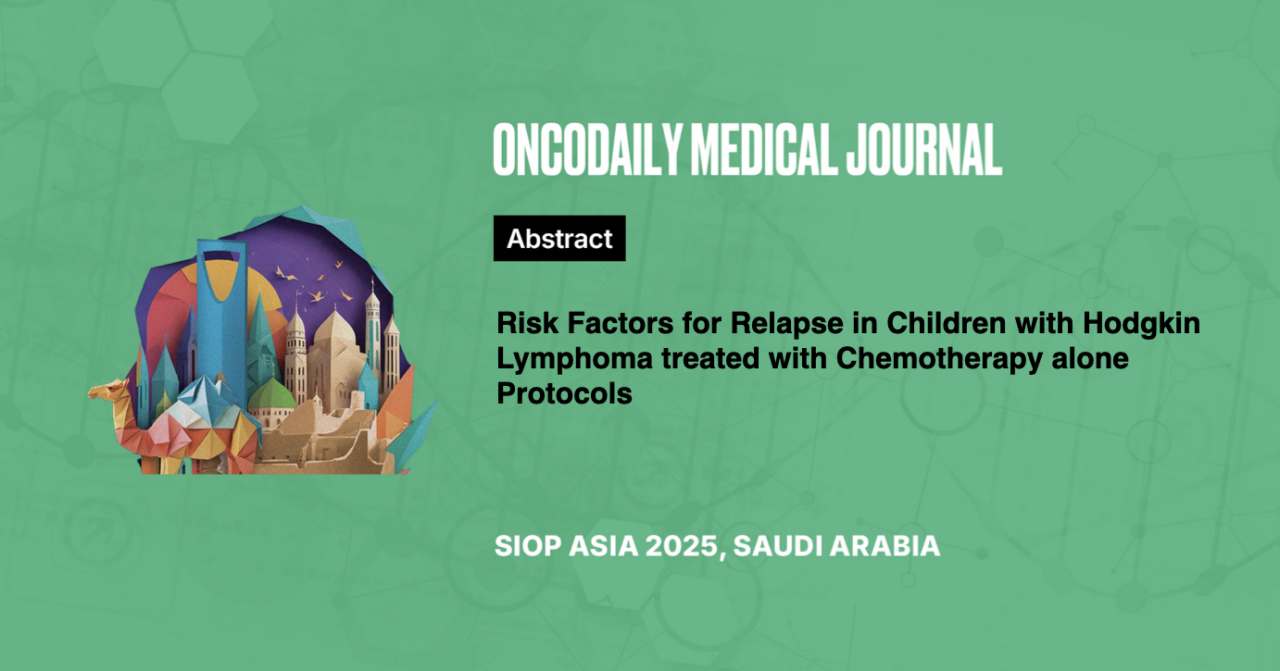Risk Factors for Relapse in Children with Hodgkin Lymphoma treated with Chemotherapy alone Protocols
Abstract
Introduction: Hodgkin lymphoma displays characteristic epidemiological, clinical and pathological features in different geographical areas. Objective was to analyze demographic profile, disease characteristics, event free survival (EFS), overall survival (OS) and risk factors for relapse in patients with Hodgkin lymphoma (HL) treated with chemotherapy only protocols.
Methodology: Retrospective observational study was carried out in a university teaching hospital. Children below the age of 15 years diagnosed with Hodgkin lymphoma over a period of 10 years were included in the study.
Results: 90 patients, mean age 8.13 ± 2.65 years (median age 8 years; range 4.5-15 years) were diagnosed and treated for HL during study period. Male to female ratio was 7.2:1. 12.2% and 87.8% patients had early and advanced stage disease respectively. B symptoms were present in 87.8% patients. Mean duration of symptoms was 9.66 ± 6.30 months (median 8 months; range 2-36 months). Mixed cellularity was the commonest histologic type. Overall survival (OS) and event free survival (EFS) was 88.8% and 84.5% respectively. OS in early stage and advanced stage disease was 90.0% and 89.0% respectively. In patients with or without bulky disease it was 53.3% and 92.2%. The EFS in early stage and advanced stage disease was 90.0% and 83.8% respectively. It was 59.3% for patients with bulky disease and 86.5% for those without bulky disease. Older age (≥10 years), bulky disease, low hemoglobin (≤7.0 g/dl), high leukocyte count (≥12000/mm 3 ) at the time of diagnosis and protocol used (COPP) were risk factors for relapse.
Conclusion: Our patient population had younger age, advanced disease, more B symptoms and bulky disease. Still, we achieved good OS and EFS with chemotherapy alone protocols. Patients with bulky disease had poor overall and event free survival. If radiotherapy is included in the protocol for bulky disease, the survival rates can be improved further.





